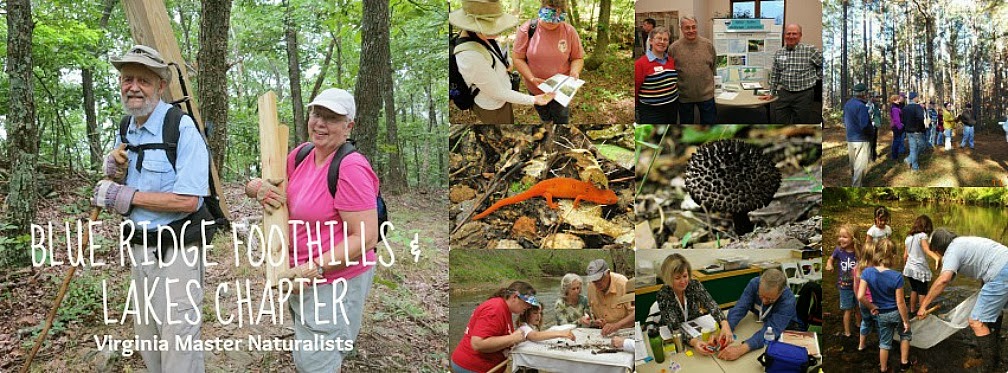National Invasive Species Awareness Week runs through Saturday
 |
| Can you identify an invasive species? |
While the list is helpful to land managers and conservationists, home gardeners can use it to make wise decisions about landscaping. The list is for educational purposes only and has no regulatory authority.
“Planting anything on this list could affect adjacent natural areas,” said Kevin Heffernan, DCR Natural Heritage stewardship biologist. “Gardeners should think twice about planting anything that might be aggressive in their yard, especially if they live near a park or a forest.”
Invasive plants can displace native plant species, reduce wildlife habitat and alter ecosystems. They threaten natural areas, parks and forests. In the United States, they cost an estimated $34 billion annually in economic loss.
Invasive, non-native plant species typically:
• Grow and mature rapidly.
• Produce seed prolifically.
• Are highly successful at germination and colonization.
• Outcompete native species.
• Are expensive to remove or control.
• Grow and mature rapidly.
• Produce seed prolifically.
• Are highly successful at germination and colonization.
• Outcompete native species.
• Are expensive to remove or control.
DCR Natural Heritage scientists used a risk-assessment protocol to determine an invasiveness rank for each species listed. Species were assigned a high, medium or low level of invasiveness in Virginia.
The list also includes species that may not be established in Virginia but are known to be invasive in habitats similar to those found here. These are referred to as “early-detection” species. If they are discovered in Virginia, the goal for these species is eradication to prevent their establishment and spread. People who spot these in Virginia should notify DCR.
One example of an early-detection species is wavyleaf grass (Oplismenus hirtellus subspecies undulatifolius). It’s been seen in nine Northern Virginia counties and has the potential to become widespread. A native of southern Europe and Southeast Asia, wavyleaf was first discovered in the United States in 1996 in Maryland. It ranks as highly invasive on DCR’s list.
Monitoring and preventing the spread of invasive plants is a major focus for DCR scientists and land managers. This work is often conducted with the help of volunteers. The Virginia Invasive Species Management Plan outlines challenges and strategies associated with combating invasive plants and animals.
Many invasive plant species arrived as packing material or seed contaminants and became established. The spread of plants such as Japanese stiltgrass (Microstegium vimineum), kudzu (Pueraria montana variety lobata) and common reed (Phragmites australis subspecies australis) has wreaked havoc on Virginia natural areas.
Links to more information
- Virginia Invasive Species Working Group
www.vainvasivespecies.org
- Virginia Department of Conservation and Recreation - Natural Heritage Program
www.dcr.virginia.gov/natural_heritage/invspinfo.shtml
- National Invasive Species Awareness Week
www.nisaw.org

No comments:
Post a Comment
Thanks for your comment and interest! NOW GO OUTSIDE!